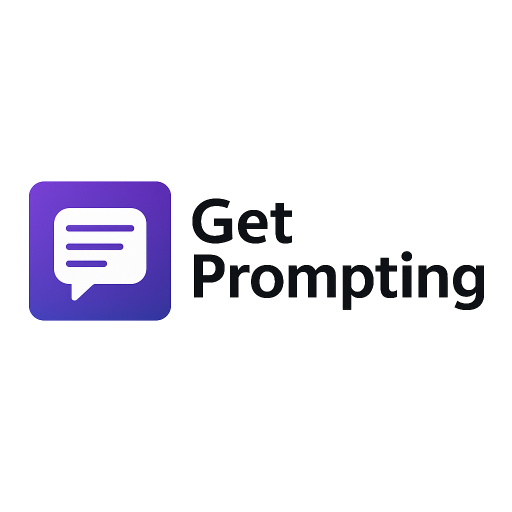When I first started prompting seriously, I thought I had to write every single prompt from scratch. I wanted to be clever. Unique. Custom.
But after enough late-night sessions rewriting the same types of instructions for the tenth time, I realized something: most of what I needed could be templated. That doesn’t mean I stopped writing custom prompts — far from it. But it helped me get clear on when to use a quick, flexible structure and when to engineer something deeper.
This post breaks that down with real-world examples to help you get better results faster.
🤖 What Are Prompting Templates?
Templates are reusable prompt structures you can fill in on the fly. Think of them like Mad Libs — but for AI.
Examples:
- “Summarize this article in 5 bullet points: [Paste text]”
- “Rewrite this paragraph to sound more confident and persuasive: [Paste text]”
- “Generate 10 blog title ideas about [Topic], each with a 1-sentence description.”
They work because they give the AI enough context and direction to perform a common task — without needing a deep system setup.
When I use templates:
- Brainstorming ideas for blog posts or social captions
- Rewriting chunks of content in a new tone
- Turning raw thoughts into lists, outlines, or headlines
- Summarizing podcast episodes or course videos
Templates are fast, flexible, and scalable. Once you have a library of them, you can adapt and remix without reinventing the wheel.
🧠 What Is Prompt Engineering?
Prompt engineering is the practice of designing detailed, layered instructions that shape how an AI responds.
This usually means:
- Giving it a defined role (e.g., “Act as a productivity strategist…”)
- Setting specific goals (e.g., “Help me design a weekly planning routine…”)
- Defining tone, boundaries, and even formatting styles
- Uploading context like documents, style guides, or rules
You’re not just writing a prompt — you’re creating a tool.
Note: “Prompt engineering” has become a widely discussed skill according to OpenAI’s own prompt engineering guide
When I use prompt engineering:
- Building Custom GPTs to handle repeat tasks
- Creating AI workflows that save time in my content business
- Teaching the AI to write like me for newsletters, reviews, and documentation
If templates are lightweight and fast, engineered prompts are the power tools. They take more time upfront, but the payoff is huge if you’re working at scale.
⚖️ So Which Should You Use?
Here’s how I think about it:
| Use Prompt Templates When… | Use Prompt Engineering When… |
|---|---|
| You’re moving fast and want a usable output | You want deep, consistent, reusable performance |
| The task is common and repeatable | The task requires nuance, tone, or long-form reasoning |
| You just need a quick answer or variation | You want to build a system or assistant you’ll reuse |
| You’re testing ideas and formatting | You need the AI to follow specific behavior rules |
🛠 Real-World Use Case (From My Workflow)
Let’s say I’m building out a batch of newsletter topics.
I start with this prompt template:
“Give me 10 newsletter topic ideas for creators who use AI tools. Make each title specific and include a 1-sentence hook.”
That gives me quick ideas.
But once I pick one and start building the issue, I might shift to prompt engineering:
“Act as a newsletter editor for a productivity-focused AI newsletter. Help me rewrite this intro paragraph to grab attention in 3 sentences or less, keeping the tone casual but clear.”
That combo — starting with a template, refining with engineered prompts — is how I build 80% of my content.
💡 Final Thoughts Prompt Engineering Vs Prompt Templates – Use Both
Prompting doesn’t have to be either/or. Templates save time. Engineering unlocks power. And the best workflows use both.
So next time you sit down to write, ask yourself:
- Am I solving a one-off problem?
- Or am I building a system?
Let that guide your choice.
If you need help getting started, I share all my actual prompt templates and engineering tips in the free Prompting Starter Pack. Grab it on the homepage if you haven’t already.
Also, before you go, be sure to check out this video from AI Master on YouTube where he discusses his “Perfect Prompt Formula”
Stay sharp,
Michael
Creator of GetPrompting.com
